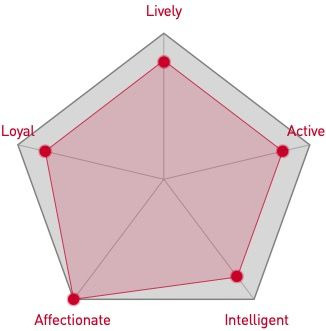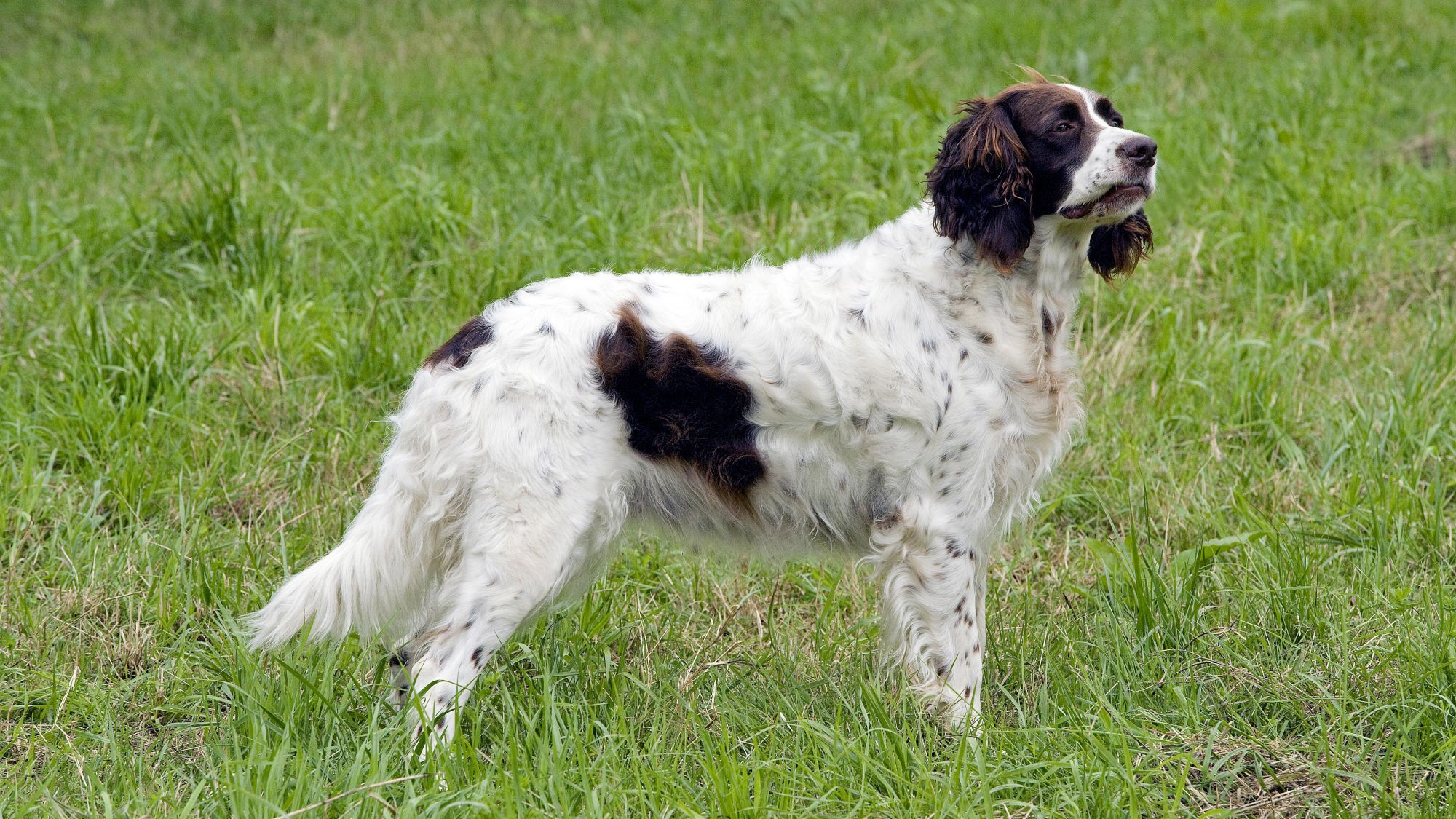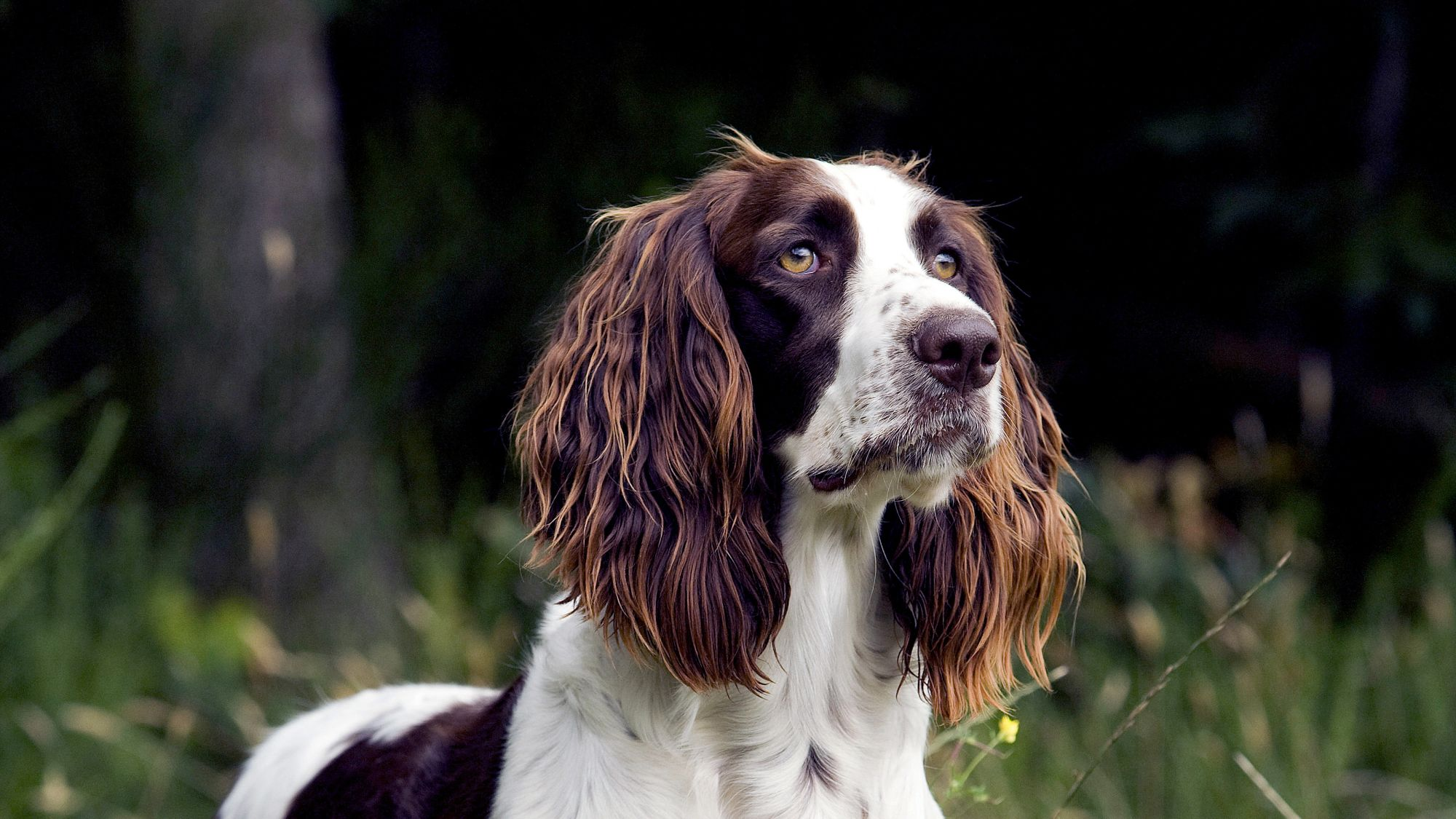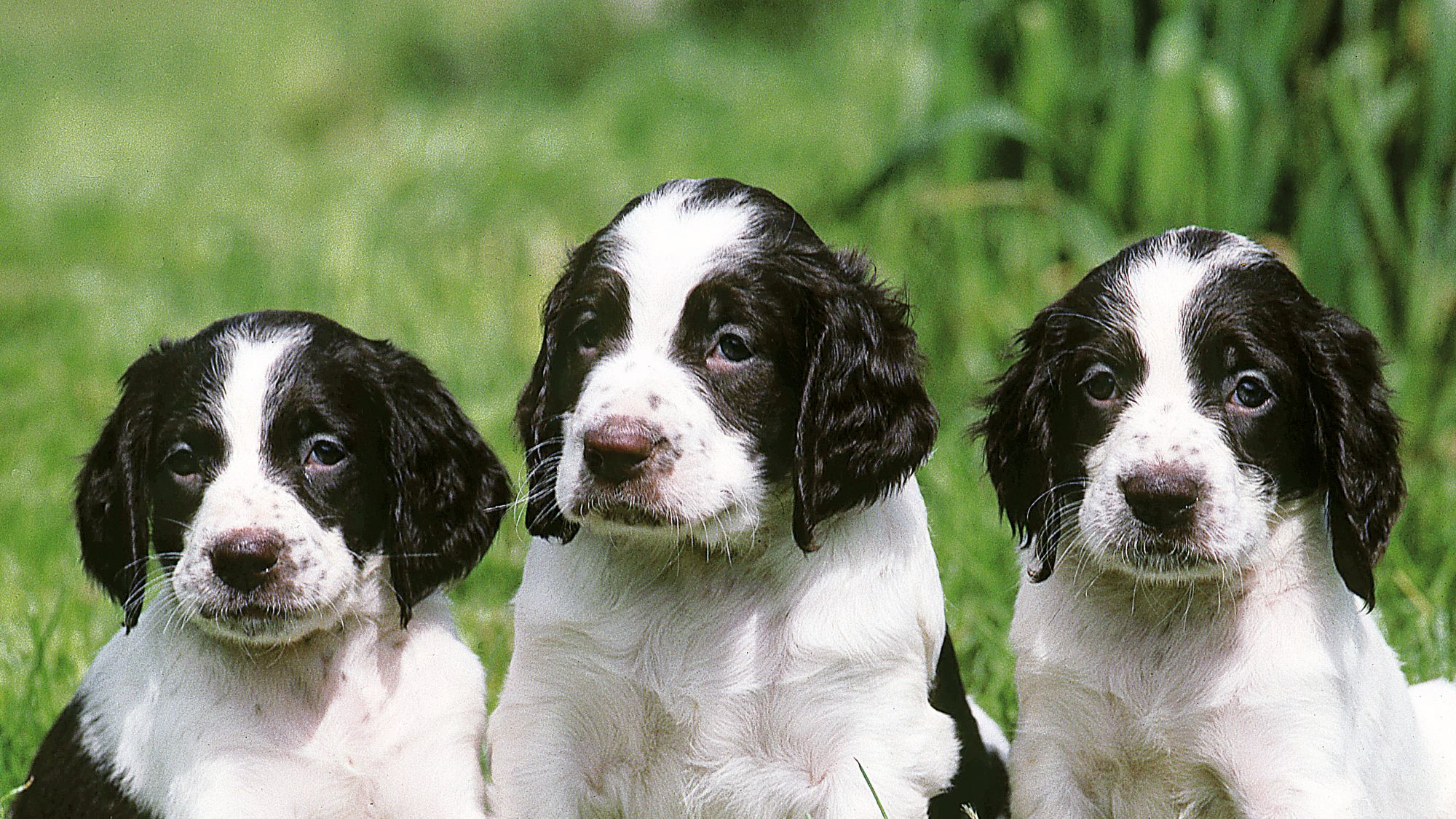Let's talk French Spaniels
Docile and affectionate French Spaniels have a delightful nature to match their delightfully dappled looks. Lean and muscular, with a brown and white coat that is practical (water resistant) as well as beautiful, these charming dogs were bred for the outdoors, as hunting dogs. Nowadays, as long as they get plenty of exercise, French Spaniels are not averse to a more indoor life and they also make near perfect companions. They’re gentle and eager to please and get on well with pretty much everyone.Official name: French Spaniel
Other names: Epagneul Français
Origins: France

| Drooling tendencies: |
|
Warm weather? |  |
| Shedding level: | Suited to apartment living? | ||
| Energy level (high, low, medium) *: | Medium | Family pet? * |
 |
| Compatibility with other pets: |  |
Can stay alone? * |
* We advise against leaving pets alone for long stretches. Companionship can prevent emotional distress and destructive behaviour. Speak to your veterinarian for recommendations.
Every pet is different, even within a breed; this snapshot of this breed’s specifics should be taken as an indication.
For a happy, healthy and well-behaved pet, we recommend educating and socialising your pet as well as covering their basic welfare, social and behavioural needs.
Pets should never be left unsupervised with a child.
All domestic pets are sociable and prefer company. However, they can be taught to cope with solitude from an early age. Seek the advice of your veterinarian or trainer to help you do this.


| Baby age: | Birth to 2 months |
| Puppy age: | 2 to 12 months |
| Adult age: | 1 to 7 years |
| Mature age: | 7 to 10 years |
| Senior age: | From 10 years |

1/7
Get to know the French Spaniel
All you need to know about the breed
The elegant French Spaniel breed, once the canine companion of kings, is a joy to behold with – glossy brown-and-white fur, charmingly fringed ears and feathered tail and long, strong limbs. Their temperaments are wonderful too—calm and docile, they form strong bonds with their humans. Once trained, they get on well with other animals and with children, though of course like any breed they should not be left alone with them.
One word of warning: These normally easy-going dogs don’t take well to being left alone for extended periods—chewing (of things they are not meant to chew, that is) may be the result.
French Spaniels were originally bred for hunting and their coat is water resistant and fairly low-maintenance in terms of grooming. They are intelligent and easy to please so training should be straightforward.
As you would expect from such a rugged breed, French Spaniels need plenty of exercise and will thrive with humans who share their enthusiasm for the outdoors. Walks, hikes and games of chase will certainly not be a chore with these lovely dogs and as long as they get enough chances to burn off some of their energy, they will be calm companions at home.

2/7
2 facts about French Spaniels
1. Royal seal of approval
French Spaniels may be a rare breed these days, but that hasn’t always been the case—they once enjoyed a much higher profile. From the 1600s onwards until the French Revolution, Epagneuls Français were the chien of choice of the French kings, at the Court of Versailles.
2. Perfect pointers
The French Spaniel is a pointing dog breed, which means that over the years they have evolved to “point” or freeze stock still, often with a front paw raised, to show their human where to look. As well as being active and energetic on dry land, French Spaniels are also good swimmers with a talent for retrieving. Is there anything they can’t do?
History of the breed
The rare French Spaniel breed probably dates its origins back to the original spaniels: “Chien d’Oisel” or “bird dogs” described by the French nobleman Gaston III of Foix-Béarn, whose writings about hunting from the late 14th century constitute the earliest surviving record of spaniels.
From the 1600s until the French revolution, French Spaniels were quite the thing in their native land as one of the dog breeds to find favour with the Kings of France and a home in the Court of Versailles. Their popularity began to wane but luckily they were saved from extinction around the beginning of the 20th century by the efforts of a French priest, Father Fournier. It wasn’t until nearly a century later that they started to be exported, to Canada in the 1970s and the United States in the 1990s.

4/7
From head to tail
Physical characteristics of French Spaniels
1. Ears
Large set back ears, fairly broad well-defined head.
2. Tail
Upright, lean but muscular bearing, feathered tail.
3. Coat
Short brown and white coat, longer and wavy on ears.

5/7
Things to look out for
From specific breed traits to a general health overview, here are some interesting facts about your French Spaniel

6/7
Caring for your French Spaniel
Grooming, training and exercise tips
French Spaniels don’t need too much in the way of grooming—just a brush once a week and the occasional bath should be enough to keep that coat looking its glossy best, although it’s a good idea to check for any leaves or other debris if they’ve been crashing through the undergrowth. French Spaniels’ nails grow quickly and need frequent trimming. And like other breeds, regular tooth brushing (daily if possible) is recommended. This energetic and outdoorsy breed needs plenty of exercise—that can come in the form of multiple daily walks on the lead, off-the-lead runs (in a safely fenced off space), games of chase or even swimming (just make sure you dry off their ears afterwards). Docile, intelligent and people-pleasing by nature, French Spaniels should be straightforward to train—you’ll just need patience, a consistent approach and plenty of snack rewards (taken out of their daily food rations of course!).7/7
All about French Spaniels
Yes, this gentle, docile breed makes an ideal family pet. Once trained, French Spaniels get on well with children, although of course like any other breed they should not be left alone with them. As long as they get plenty of exercise, these sociable dogs will fit right in.
Well… while they may not be the worst offenders when it comes to shedding, French Spaniels do lose a fair amount of that lustrous hair. But a little vacuuming is a small price to pay for having one of these charming dogs as part of the family.
translations.feature.breeds.otherbreeds
Read more on this topic

How your dog's nutrition needs change with age

How to adopt a dog

Things to consider before getting a dog
Sources
1 - Veterinary Centers of America https://vcahospitals.com/
2 - Royal Canin Dog Encyclopaedia. Ed 2010 and 2020
3 - Banfield Pet Hospital https://www.banfield.com/
4 - Royal Canin BHN Product Book
5 - American Kennel Club https://www.akc.org/

